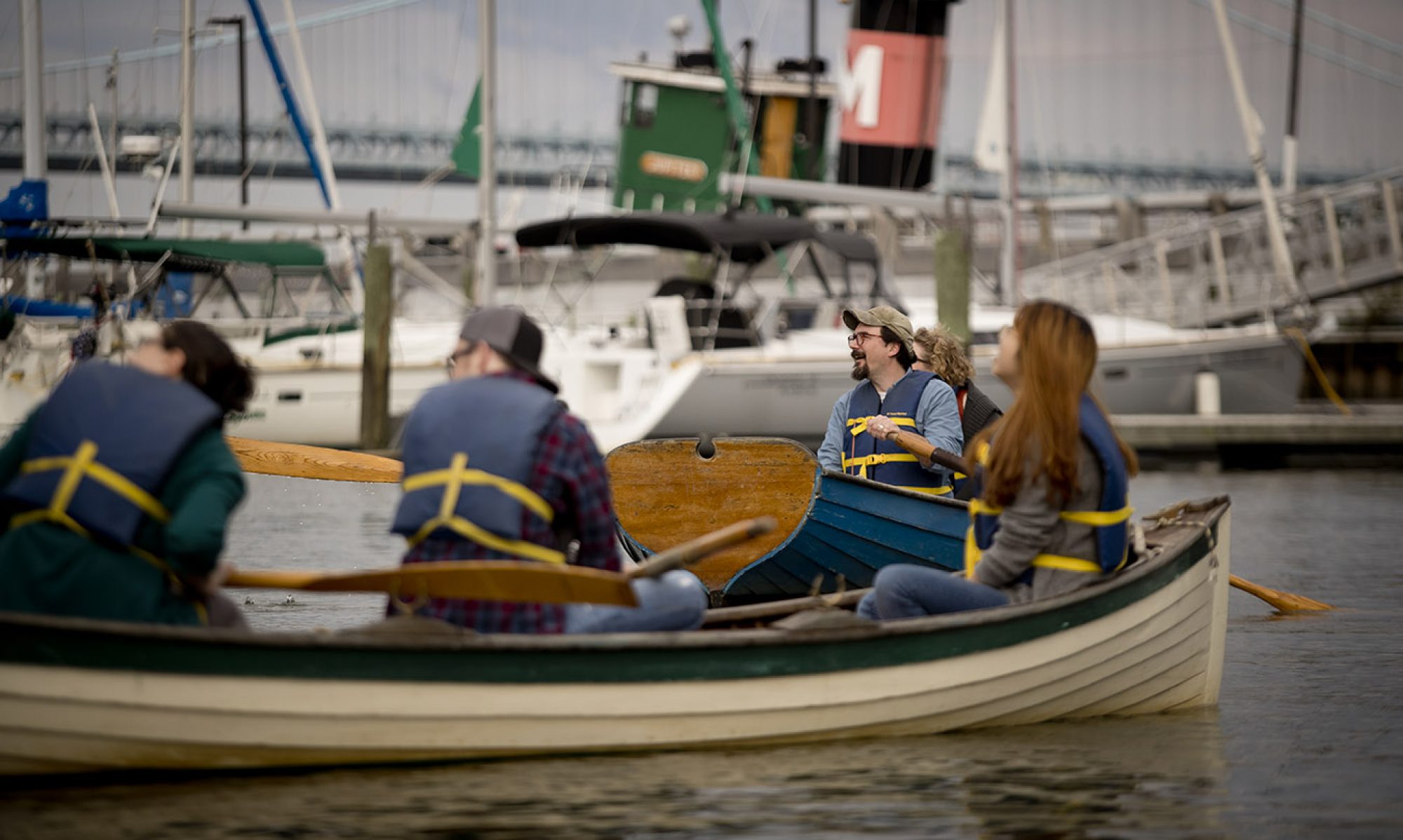 I’ve seen a lot of reenacting in my time. From the summertime kepi brigades of my Pennsylvania home to the weird guys in tricorn hats that lurk nearly everywhere in Williamsburg, VA where I spent my grad school years, I thought I had developed a pretty thick skin for this kind of thing. But I must admit to have being caught off guard upon learning of Ben Franklin and Betsy Ross’s impending nuptials. What luck to arrive in Philly just in time to see Ben and Betsy tie the knot! This is no joke. The performers who interpret these two icons for passing heritage seekers evidently became smitten after discovering that they shared–brace yourself–a “mutual love of history and education.” One thing led to another until, just yesterday, in front of Independence Hall and accompanied by the Philly Pops, Mayor Michael Nutter presided over the wedding of Ralph Archbold (Ben) and Linda Wilde (Betsy). “The rest,” as they say, “is history.”
I’ve seen a lot of reenacting in my time. From the summertime kepi brigades of my Pennsylvania home to the weird guys in tricorn hats that lurk nearly everywhere in Williamsburg, VA where I spent my grad school years, I thought I had developed a pretty thick skin for this kind of thing. But I must admit to have being caught off guard upon learning of Ben Franklin and Betsy Ross’s impending nuptials. What luck to arrive in Philly just in time to see Ben and Betsy tie the knot! This is no joke. The performers who interpret these two icons for passing heritage seekers evidently became smitten after discovering that they shared–brace yourself–a “mutual love of history and education.” One thing led to another until, just yesterday, in front of Independence Hall and accompanied by the Philly Pops, Mayor Michael Nutter presided over the wedding of Ralph Archbold (Ben) and Linda Wilde (Betsy). “The rest,” as they say, “is history.”Or is it? Historical anachronism is so commonplace in this country that I can’t help but believe that amid all of the retro cars and renaissance fairs and battle reenactors that we’ve grown remarkably unaware of the power of historical meaning. I’m certainly not the first to voice this concern. With Jean Baudrillard’s ghost lurking from my previous post, it is perhaps wise to recall his characterization of postmodernity as the result of a procession of simulacra wherein copies come to be accepted as acceptable substitutions for the various realities they replicate. In other words, what happens when we begin to accept PT Cruisers as really being like 1950s hot rods? Is there any problem with buying a ye olde Coke at the renaissance fair? Civil War battle reenactments are just good fun, right? Sure. I, like lots of other folks, enjoy all of these things more or less. I especially enjoy them because, unlike their “real” counterparts, the PT Cruiser doesn’t pester me with the burgeoning socioeconomic conflicts of Cold War America; I mustn’t contend with the bubonic plague at most renaissance fairs; and as for Civil War reenactments, well, you get the picture.
Perhaps we should congratulate ourselves for having become so adept at finding the good in history. Returning to Ben and Betsy’s wedding, consider how powerfully the image speaks to our willingness to forge common ground in public celebrations of the past. Here we see Ben Franklin, that notorious cad, putting aside his old ways and embracing Betsy as an equal partner (not property) in marriage before the authority of a respected man of color and power. The bygone object shines brightly here. It is in the redeployment of old things with new meanings that we find ways to repair the lesions of history while preserving a common narrative. But that old question still lurks–does it matter that this particular narrative is a complete fiction? Does it matter that, in the (re)writing of this story, there is no voice to remind us that white and black faces neither would nor could have mingled in this way? Does it matter that, had Ben and Betsy actually married (their chronologies did overlap even if briefly), their reasons would have likely had nothing to do with shared passions?
I think so. As fun and as comfortable as reenactment may be, it is imperative that we recreate with caution. At a time in our own history when the manipulation of official memories–from restrictive legal controls of federal communications to willful misremembering by our elected officials–has become all too common, never has the responsible maintenance of the link between representation and reality been of greater importance. Ben and Betsy, I wish the best to both of you but, please, next time leave the histrionics at home.

